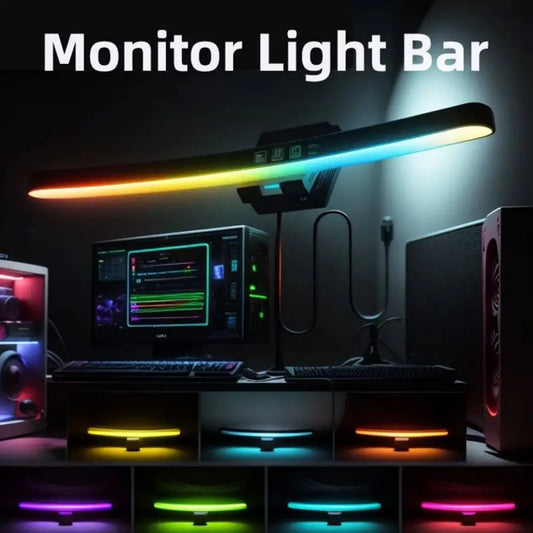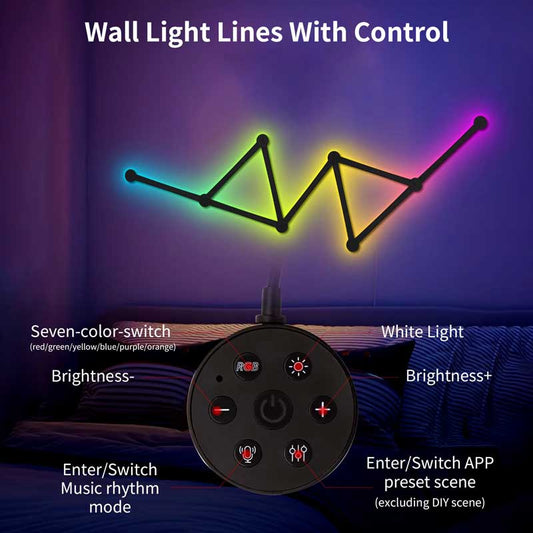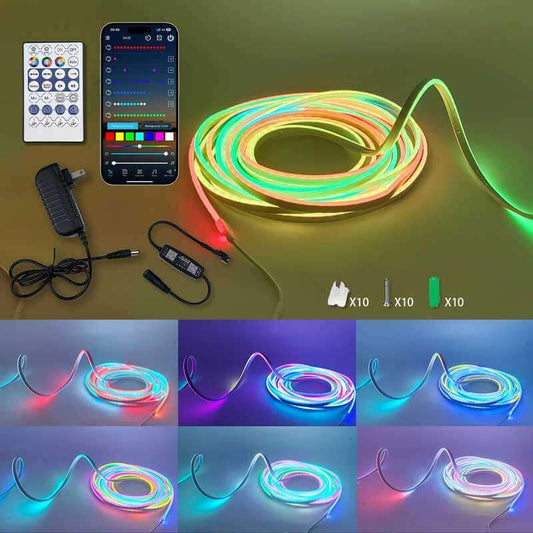How do I price my collectibles?
Aktie
Pricing your collectibles can be a tricky process, but with the right research and approach, you can find a price that reflects both the market value and your own expectations. Here’s a step-by-step guide on how to price your collectibles:
1. Research the Current Market
- Check Online Marketplaces: Look at popular platforms like eBay, Etsy, and Mercari to see what similar collectibles are selling for. Pay attention to the condition of the item and whether it’s sold or still listed, as items that are priced too high might not sell.
- Look for Completed Sales: On sites like eBay, look for "completed listings" or "sold listings." This will show you what similar items have actually sold for rather than just asking prices.
- Use Price Aggregators: Websites like PriceCharting (for video games and toys) or Pop Price Guide (for Funko Pop figures) aggregate the current prices of specific collectibles. This is a helpful tool for gauging the general value of your items.
2. Evaluate Condition
- Mint Condition: If your collectible is brand new, unopened, and in pristine condition, it will be worth more. For action figures, toys, or models, the box or packaging is very important. Items that are “mint in box” (MIB) or “mint on card” (MOC) tend to fetch higher prices.
- Good Condition: If the collectible is in good condition with minimal wear and tear, it will be worth less than a mint condition item but still valuable.
- Poor Condition: If the item is damaged, missing parts, or heavily worn, the price should be significantly lower. However, some collectors specialize in restoration or prefer to buy damaged items for cheaper.
3. Consider Rarity and Demand
- Limited Editions: If the item is a limited edition or was produced in small quantities, it will usually be worth more than standard versions of the same item. Limited release collectibles tend to be in higher demand, which can raise the price.
- Popular Brands: Collectibles from popular franchises like Star Wars, Marvel, or Pokémon often have a higher resale value. Similarly, action figures from iconic characters or rare games can command a premium.
- Vintage Items: Older collectibles, especially those from the 80s and 90s, can increase in value as time passes, particularly if they are in good condition and sought after by collectors.
4. Check Historical Price Trends
- Historical Data: Some collectibles appreciate in value over time, while others may fluctuate. Research the past price history to see if the value of your item has been rising or falling. eBay, Heritage Auctions, and other auction sites may have past auction results that can help you understand trends in the market.
- Price Fluctuations: Keep in mind that the prices for some collectibles may change with trends or market demand. For instance, interest in certain toy lines or figures can spike with new movies, game releases, or anniversaries.
5. Use Price Guides and Forums
- Price Guides: Books and online price guides can help you assess the value of specific collectibles, especially niche ones like comics, vintage toys, or action figures. Websites like Beckett (for cards) and Overstreet Guide (for comics) are widely regarded as authoritative sources.
- Forums and Communities: Online communities like Reddit’s r/collecting or specialized forums for certain collectibles (like Funko Pop, action figures, etc.) can offer advice on pricing and help you gauge the current value of your items.
6. Consider Fees and Selling Costs
- Selling Fees: When selling online, remember to account for listing fees, platform commission (e.g., eBay’s seller fees), and shipping costs. Make sure your price includes a buffer to cover these expenses and still allow you to make a profit.
- Auction vs. Fixed Price: For rare or highly sought-after collectibles, an auction might help you get the highest possible price by creating competition among buyers. However, if the market for the item is more stable or niche, a fixed price might be the better approach.
7. Factor in Your Emotional Value
- While pricing your collectibles, it’s important to acknowledge your emotional attachment to the items. However, the market value might not align with your personal valuation. If you’re attached to a collectible but want to sell it, you may need to adjust your expectations to match the actual market demand.
8. Start High, Then Adjust if Needed
- It’s often recommended to start with a slightly higher price and gradually lower it if it doesn’t sell. You can always adjust your listing or auction starting bid if you’re not getting any offers. The right price will depend on how quickly you want to sell and how much profit you're aiming for.
Conclusion
By conducting thorough research, assessing the condition of your items, and considering the rarity and demand, you can determine a fair price for your collectibles. Don’t forget to factor in selling fees and market trends when pricing your items. Whether you’re selling on eBay, Etsy, or local marketplaces, finding the right balance between what you want for your item and what buyers are willing to pay is key.




